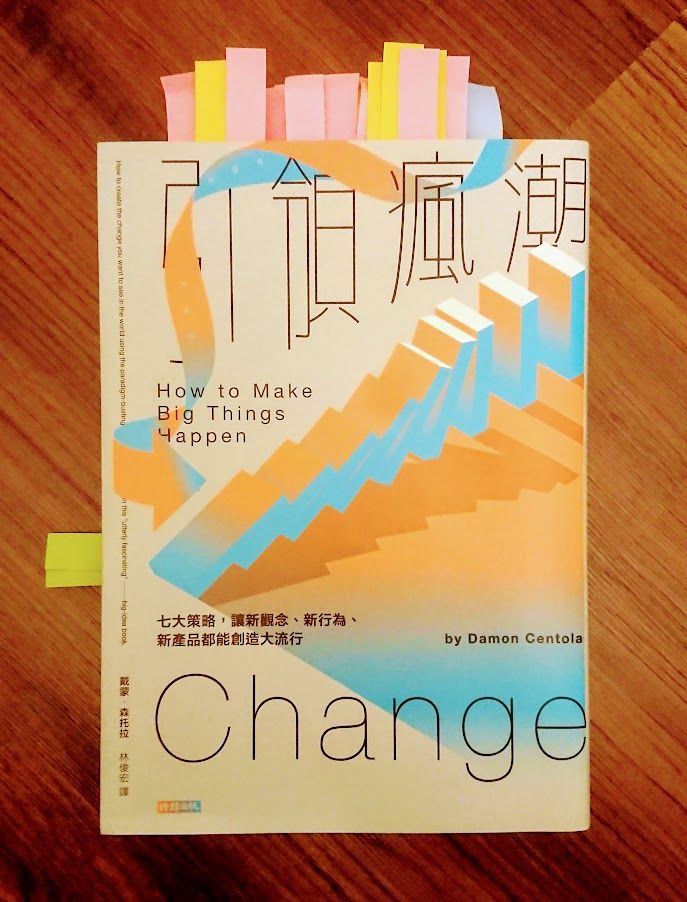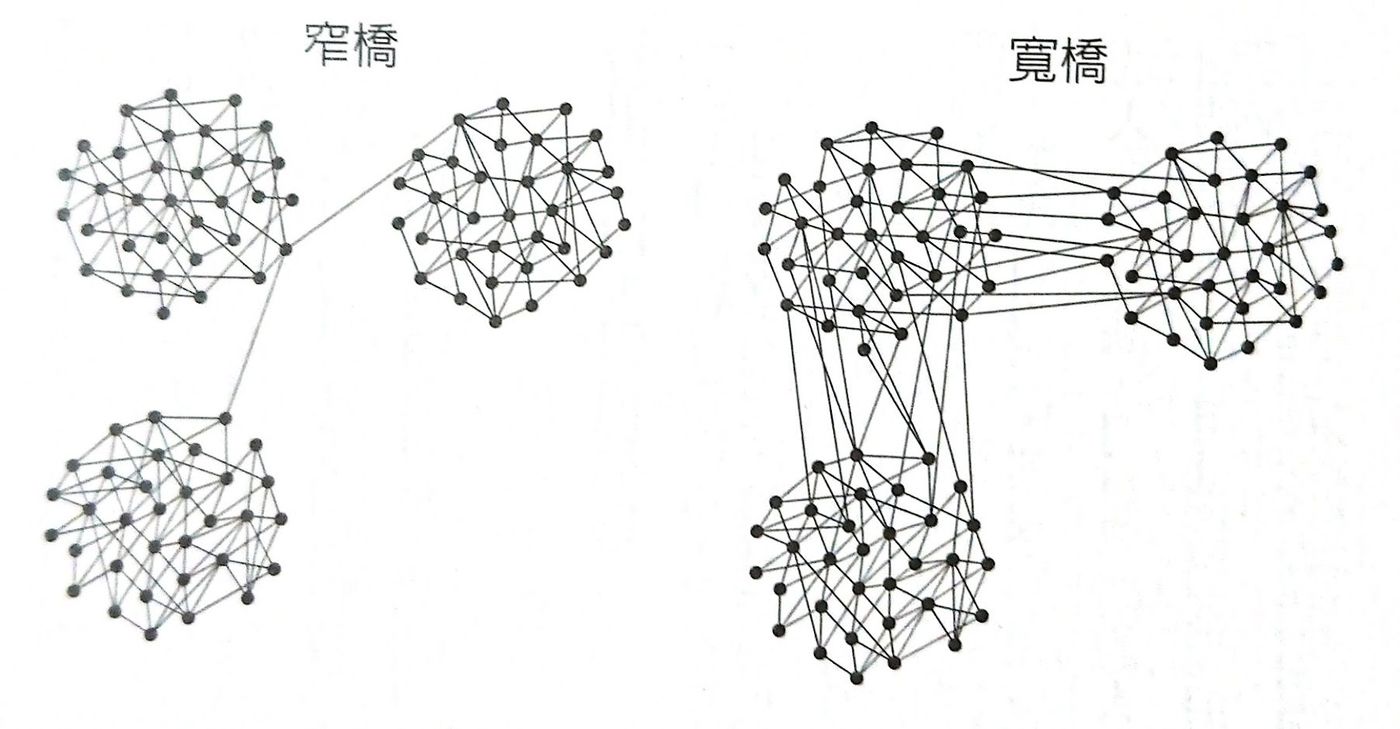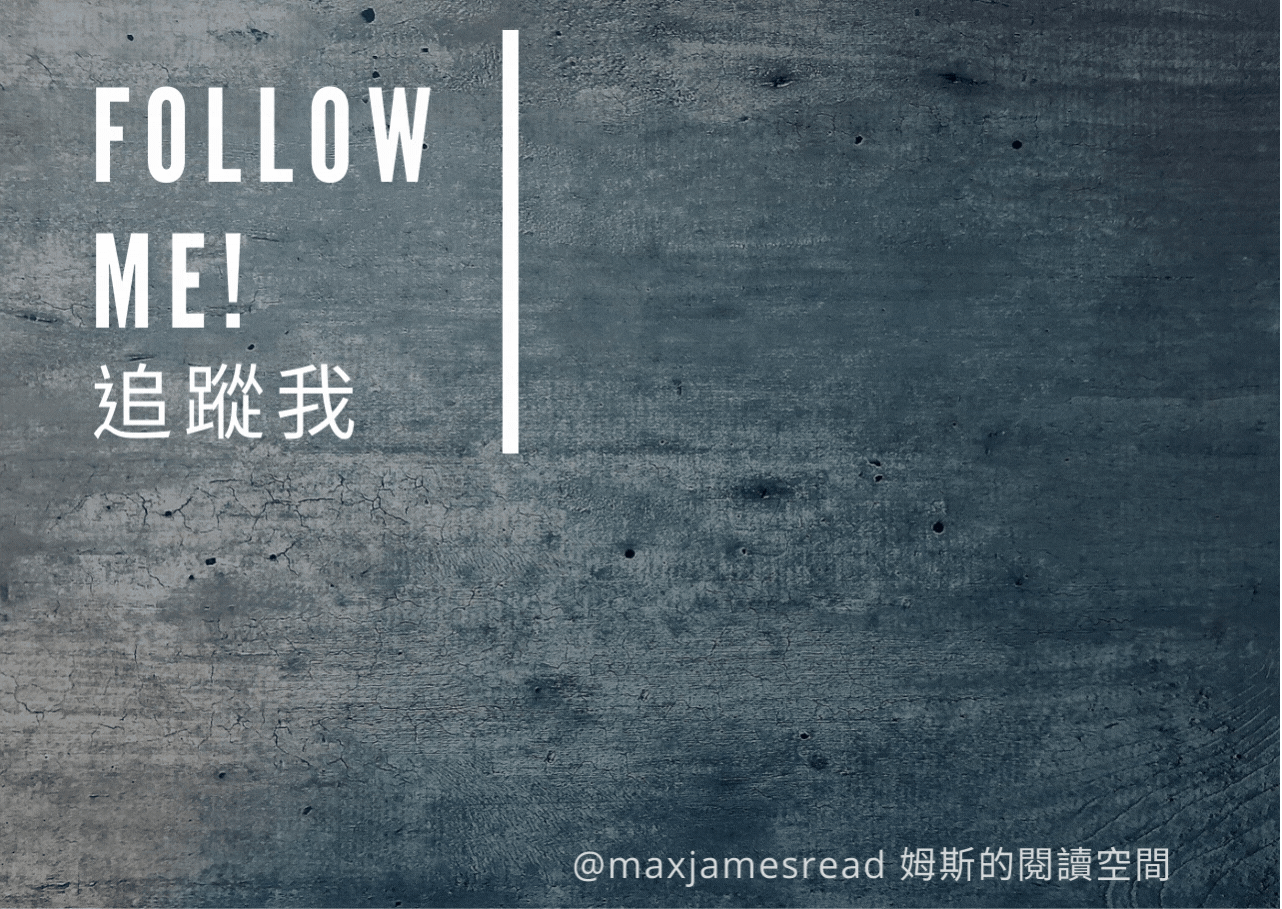Leading the Madness: How to Change a Group of People!

Have you ever wondered why some new technologies or concepts can be smoothly promoted and become mainstream, while others are neglected and can only pass away in the tide of the times? This "Leading the Madness" is to tell you that there is a trick to "bringing the wind"! Knowing this, you too can successfully "change a group of people".
The author of this book, Damon. Centola is a professor in the School of Communication at the University of Pennsylvania. In the book, he combines theory and application, deconstructs many interesting and informative communication theories, and supports a large number of examples and small experiments to bring readers a wonderful journey of communication change.
This experience first talks about 3 myths about change; then explains the 4 resistance factors that will be encountered in communication; then introduces what kind of "communication structure" is required for successful change, and proposes the concept of "tipping point theory"; Use an interesting example: Promoting Hole Planting to explain how to practice the methods in the book.
【Change 3 Myths】
If you had a new product or idea to promote today, what would you do? Here are three common myths about communication, and see if you have caught it.
[1. Celebrity Myths]
I believe that the first impression of many people is to find big names to endorse and use their appeal to attract fans. Unfortunately, the celebrity effect is actually not as useful as imagined.
An example from the book really struck me. After the Arab Spring of 2011, the flames of reform spread to Egypt, and many expected that change would come true here too. At this time, the famous Egyptian activist Asma Mafuzi stood up. With tens of thousands of followers in the community, she called on everyone to come to Tahrir Square in Egypt on January 18 to start a revolution.
But she failed.
There were only her and a small group of friends in the square, and the police waiting for them... 10,000 people responded, but no one showed up. Celebrity is clearly not a panacea.
[2. The Myth of Weak Links]
The second myth is the so-called weak link theory, which believes that the best way to transmit quickly is like a virus, point-to-point, person-to-person. You don't have to know the infected person very well, just "pass it" on to him (think COVID). This theory derives what is called "viral marketing" in marketing.
But many things (especially innovations) are not virus-like and can be transmitted by touch.
In fact, many social technologies and social movements spread very differently from viruses. For example, some studies have pointed out that most of the face friends on Facebook are people who live nearby. People don't become friends with a bunch of strangers through weak Facebook links. If it is so difficult to even add friends, let alone trying to change others through weak links.
[3. Adhesion Myth]
The last myth is stickiness . Here is a classic example: Google+ . I remember that not long after it was launched, the seniors of my research institute highly recommended it, saying that the functions of Google+ are “much better” than Facebook.
And Google is even more sticky that you have to use. As long as you use any Google product, whether it is Gmail or YouTube, you will be "registered" directly. So brutally let Google+ dangling in front of your eyes all day long, no matter how you look at it, it should be successful, right?
People definitely don't use Google+ anymore. Because it's gone...

Why did Asma Mafuzi and Google+ fail? That's when it comes to the "resistance" you encounter when spreading innovations.
[4 resistances to innovation communication]
The book lists 4 resistances that innovation communication needs to overcome:
- degree of cooperation
Innovation must be used by a group of people to be attractive. Like Facebook or IG, if no one around you is using it, the tool is worthless. - credibility
The utility or safety of some innovations will be questioned at first. Only when more and more people adopt it and the evidence becomes available, will everyone gradually believe it. - legitimacy
Innovation must be generally approved by the society to spread smoothly. - excitement
Innovation requires a group of people to be interested in order to attract more people to join. Enthusiasm can ignite motivation and get people to get up and participate.
To overcome the above four resistances, there is a common principle: only if enough people use it, will it continue to spread . This phenomenon is called "social enhancement".
In fact, Google+ picked up the mine. Because of the excessively rapid exposure, although everyone quickly knew about such a new product, they also quickly discovered that "no one else is using it". Therefore, there is no intention to try, and the spread is quickly stillborn.
That being the case, how can social enhancement be successful? You need the right propagation architecture.
【Communication structure】
In fact, propagation can be divided into two distinct forms: simple propagation and complex propagation.
- simple spread
The transmission conditions are met as long as the contact with the carrier is met. Such as viral videos and gossip news (such as the recent brainwashing Deng Fu is like a fork ). - complex propagation
There are situations where exposure alone is not enough to make people change, and these situations are called complex communication (such as investment methods, new technologies, or social movements).
Have you found it, the failure examples above are all complex propagation. Celebrity or brainwashing exposure isn't enough to make a difference. So how can we spread it successfully? This is about two network structures of propagation:
- pyrotechnic structure
Through "weak link" transmission, point-to-point random divergence and touch to all parties. The communicators are strangers to each other (like a virus). Shaped like fireworks. - fishing net structure
Through "strong connection" transmission, the communicators mostly know each other. The structure has many triangles and quadrilaterals that are tightly interlocked like fishing nets.

The pyrotechnic can quickly reach strangers in the distance. The fishnet structure is the opposite, where one thing is passed back and forth between friends. That is to say, the fishnet model has many "redundant" links. Remember the 2 types of spread mentioned earlier? They correspond to these two structures respectively: simple propagation through the pyrotechnic structure; and complex propagation through the fishing net structure.
Simply put, in complex propagation, "redundancy" is a must.
why? Because those redundant links in the fishnet structure can enhance credibility. Imagine that several friends around you are pushing the same product as you, and you just saw an advertisement post on Facebook recommending it. Which one will make you want to use it more?
The above is about the connection between people. So what if you want to connect communities with each other? There are also two structures for the connection of communities: narrow bridges and wide bridges.
- A narrow bridge <br class="smart"> refers to the communication between communities only by sporadic links.
- Broadbridge <br class="smart">As its name suggests, there are diverse collaborative relationships between communities.

Yep, you should have guessed it. If today's mission is to spread simple information, then the narrow bridge will do the job. But if you want to deliver complex innovations today, you can do more with less by building a wide bridge.
OK, now that you know how to set up the right communication structure, when exactly will the change happen? You need a tipping point.
【Tipping point】
Change involves human-to-human communication. When a new change is adopted by enough people, the rest will change it together for ease of communication. But how much is this "enough"?
The book gives an answer: 25%. This number is the so-called "tipping point."
Simply put, if an innovation can climb over the 25% adoption threshold, it can move up smoothly and become the “new normal.”
Many things are only supported by a few people at the beginning, until a certain moment is suddenly accepted by the public and becomes a trend. Like the Arab Spring, the #MeToo movement.
The reason why these social changes are unexpected is that the related protests and activists' efforts have been going on for decades, but they have only been barking trains with little success. But once the tipping point was reached, the tide suddenly swept through everyone.
It feels inspiring, right? As long as you can establish the right communication structure and play it steadily, even if the effect does not seem so significant at first, it will eventually blossom and bear fruit.
【Change the strategy of success】
You may still find it a bit abstract, but let's use the Marawi experiment in the book to illustrate how to practice "tipping point theory".
Malawi is a small African country that has suffered from food shortages for a long time. So the Malawi government is eager to promote a new agricultural technology: hole planting , hoping to make farming more efficient for farmers. But like many innovations, the new technology has fallen out of favor, and by 2009 it was adopted by less than one percent of farmers.
Northwestern University economist Lori. Beeman decided to solve this problem with the above-mentioned tipping point theory. She used 4 strategies and experimented in 200 villages (50 for each strategy).
- silver bullet strategy
Seek out "celebrities" in the village as facilitators to promote hole-planting techniques. - shotgun strategy
Find random people, convince them to use hole planting and then promote it. Because it is random, these people will be scattered in all corners of the village's network. - snowball strategy
Find people who belong to the same community as facilitators. These pushers either know each other or have mutual friends, the "redundant" links mentioned above. - Neighborhood Snowball Strategy
Target a certain size of neighborhood in the village, and then randomly pick a promoter from it.
Guess which strategy works best?
The answer is revealed. At the bottom of the silver bullet, farmers are hardly persuaded by celebrities to embrace the hole-planting technique. The third place went to the shotgun, which turned out to be only marginally better than the silver bullet. The second place is Neighbor Snowball, with a 50% increase in the use of hole-planting technology. The first place is the snowball strategy , and the adoption rate has increased by 300%.
Experiments have found that shooting birds with a gun or a celebrity exposure communication mode is very ineffective. Instead, a snowball strategy that allows early adopters to keep each other warm is the most effective. As long as the "social enhancement" is gradually fermented, when the tipping point arrives, changes will come naturally.

【Summarize】
Summarize the above. To spread new things, we must first avoid three common myths: celebrities, weak links and stickiness; and to spread complex new things smoothly, we need to create a "redundant" communication structure, using fishing net structure and wide bridge to let Things can spread more powerfully.
Simply put, to spread innovation, "redundancy" is more important than "reach". Don't get too attached to reach, exposure, or celebrity recommendations. Instead, think about how to build a fishing net structure so that those who have changed feel a sense of belonging and solidarity, and they will be more motivated to push new things out.
【postscript】
This book exceeded my expectations and was a joy to read. All kinds of interesting examples and small experiments make people just like reading a storybook and can't wait to read it. In addition to being interesting, the content of the book is full of theory and practice, and it is by no means empty talk. Originally thought the English title was too overbearing: Change: How to Make Big Things Happen. But after watching it is really convincing.
It is very sad to see that many life-threatening things in the book (such as cardiac catheterization technology) have been delayed for a long time because they cannot break through the barriers to communication. If everyone knew about these methods earlier, wouldn't there be so many sacrifices of life?
But water can carry a boat, and it can also capsize it. The author mentioned that when China dealt with the Xinjiang issue, it used the above-mentioned tipping point theory, used the "fifty cents party" network army to create a compact communication structure, and successfully led the way on many issues. It's reminding me how terrible it can be to use the right tool in the wrong place.
After talking about the serious, let’s talk about something light (?)
In fact, I was a little selfish when I first read this book. I wondered if I could apply the method in the book to allow more people to follow my fan group and IG, so as to achieve the effect of "promoting reading". But the ideas in the book inspired me differently. Instead of fantasizing about celebrity recommendations or advertising to increase your reach, it’s better to build deeper connections with book friends step by step. We can go further by promoting reading together.
If the advertisements are spread wildly, it may be like Google+. Many people know about "Music's Reading Space", and they know that it is rarely followed, which will be counterproductive (laughs).
Perhaps this confirms the old saying: go slowly is faster .
For the BLM movement, victory was slow at first, but it finally came, and it continued.
May everyone who wants to bring about change move forward steadily until the day of detonation!
Articles you may also be interested in:

↓↓You are also welcome to follow the Facebook and mourning of "Mrs's Reading Space"↓↓
James' reading space FB
James' reading space IG
Like my work? Don't forget to support and clap, let me know that you are with me on the road of creation. Keep this enthusiasm together!


- Author
- More